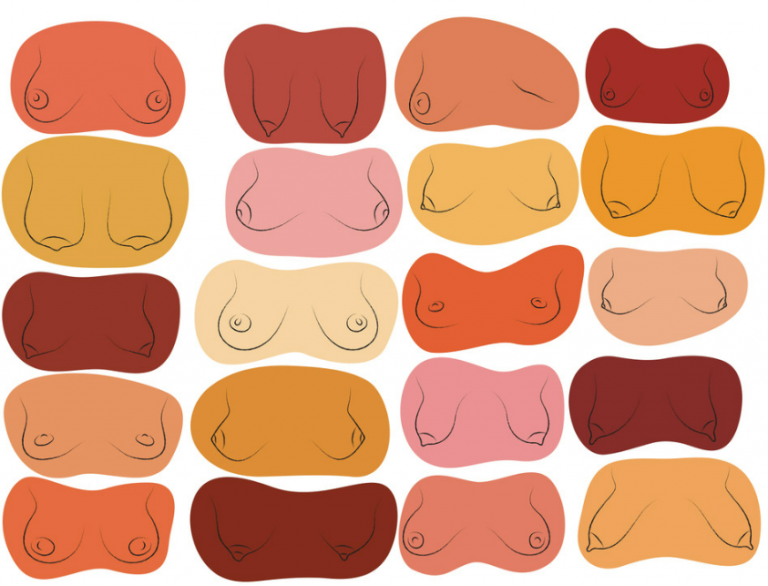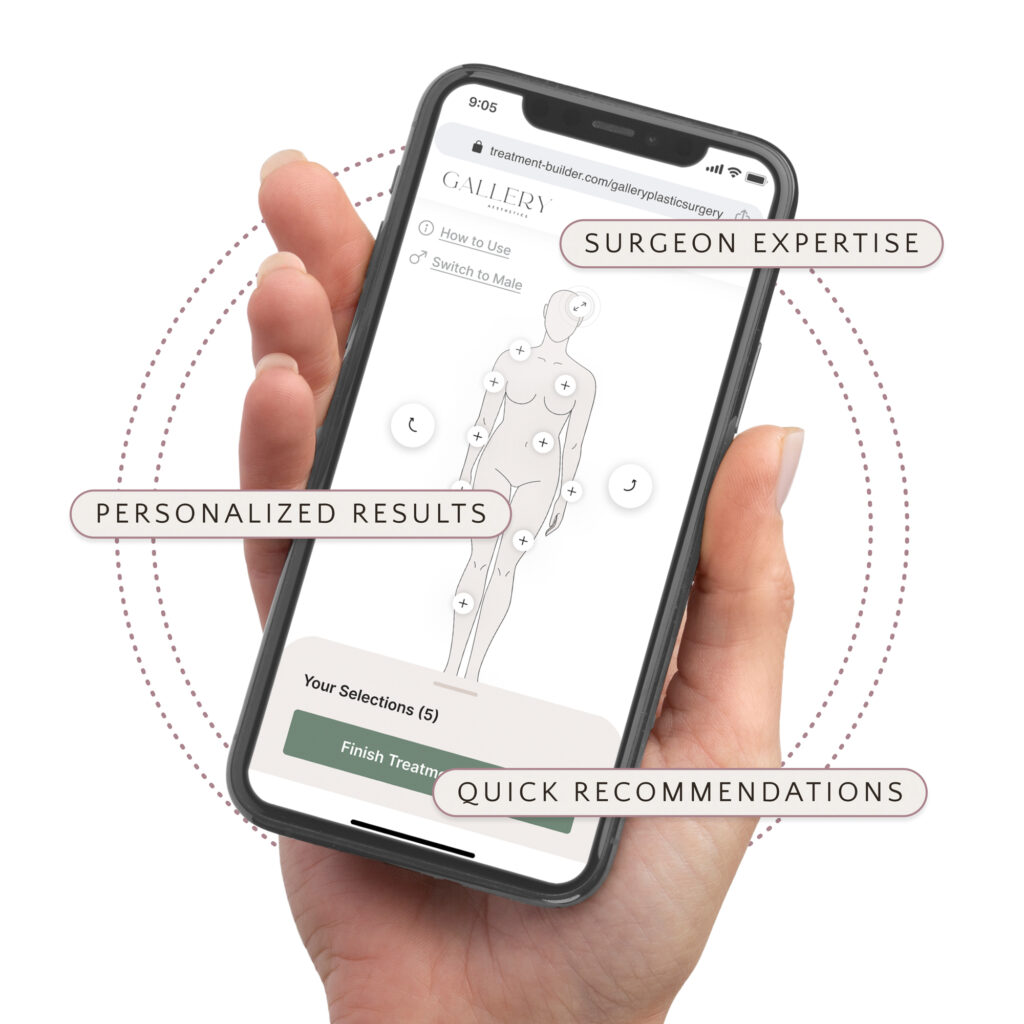
Understanding the Anatomy of the Female Breast
Half the world’s population has female breasts — yet many women aren’t fully familiar with the anatomy of their own bodies. Whether large or small, breasts are powerful symbols of femininity, sensuality, and nurturing.
This blog is written to help you better understand breast anatomy in a clear and approachable way, without overwhelming medical jargon.
Why Breast Anatomy Matters
Knowing how your breasts are structured can help you appreciate your body, monitor changes, and advocate for your own health.
By the end of this article, you’ll have a better understanding of breast terminology, structure, and function — made simple for every reader.
The Big Picture: Where Breasts Sit
Each breast sits on the chest wall, bordered by the sternum (breastbone) in the center and the armpit region on the sides.
The bottom curve of the breast is called the inframammary fold — this is where the breast naturally meets the ribcage.
Underneath each breast is the pectoralis major, a paired, fan-shaped muscle that plays a big role in chest movement and strength.
Beneath that muscle lies the ribcage, which can influence breast appearance:
- If the sternum curves inward (pectus excavatum), you may have more prominent cleavage.
- If the sternum protrudes outward (pectus carinatum), your breasts may appear further apart.
Layers of the Breast
The breast is made up of several key layers:
- Skin covers the outside.
- Subcutaneous fat (fat just under the skin) gives the breast much of its shape and softness.
- Breast tissue, including glands and ducts, lies deeper.
Over time, factors like pregnancy, breastfeeding, weight changes, and aging can stretch and thin the skin and fat layers, impacting how breasts look and feel.
Glands, Lobes, and Ducts
Inside the breast are 15 to 20 lobes, each containing smaller structures called lobules that produce milk.
Milk travels from the lobules through thin tubes called ducts to the nipple.
It’s important to note: breast cancers often begin in the lobules or ducts.
Supporting the breast structure are fibrous tissues and Cooper’s ligaments — special bands that help maintain breast shape and firmness.
Nipples and Areolas
The nipple is the small projection at the center of the breast, surrounded by the darker-colored areola.
- Nipples are made of delicate muscle fibers.
- Areolas vary in size, color, and definition. In larger breasts, areolas often stretch due to the natural pull of breast weight.
Special glands within the areola, called Montgomery glands, provide natural lubrication to protect the nipple during breastfeeding.
Fun facts:
- Some women are born without one or both nipples (athelia).
- Amazia is when nipples are present but breast tissue is absent.
- Amastia is when both breast tissue and nipples are missing from birth.
Important Extension: The Axillary Tail of Spence
Toward the outer top of the breast, near the armpit (axilla), there’s an extension of breast tissue called the Axillary Tail of Spence.
When performing breast self-exams or clinical exams, it’s essential to check this area too, as breast cancer can develop here.
During mastectomy surgeries, surgeons ensure they remove this area of tissue to thoroughly treat or prevent breast cancer.
Lymph Nodes: Your Body’s Immune Defenders
Lymph nodes are small, bean-shaped organs that filter immune fluid called lymph.
Clusters of lymph nodes are located:
- Around the sternum
- In the armpits (axilla)
- In the neck and around the collarbones
If you’ve ever felt swelling near your throat or ears when you’re sick, those were your lymph nodes working to fight infection!
Lymph nodes are also important in breast health, especially when monitoring for infections or cancer.
In Summary
Understanding your breast anatomy isn’t just about knowledge — it’s about empowerment.
From the skin to the ducts, and from the ligaments to the lymph nodes, your breasts are remarkable, intricate, and strong.
We hope this article helped you feel more connected to your body.
Be sure to check out our other blogs on breast self-exams and breast health tips to continue learning and caring for yourself!

